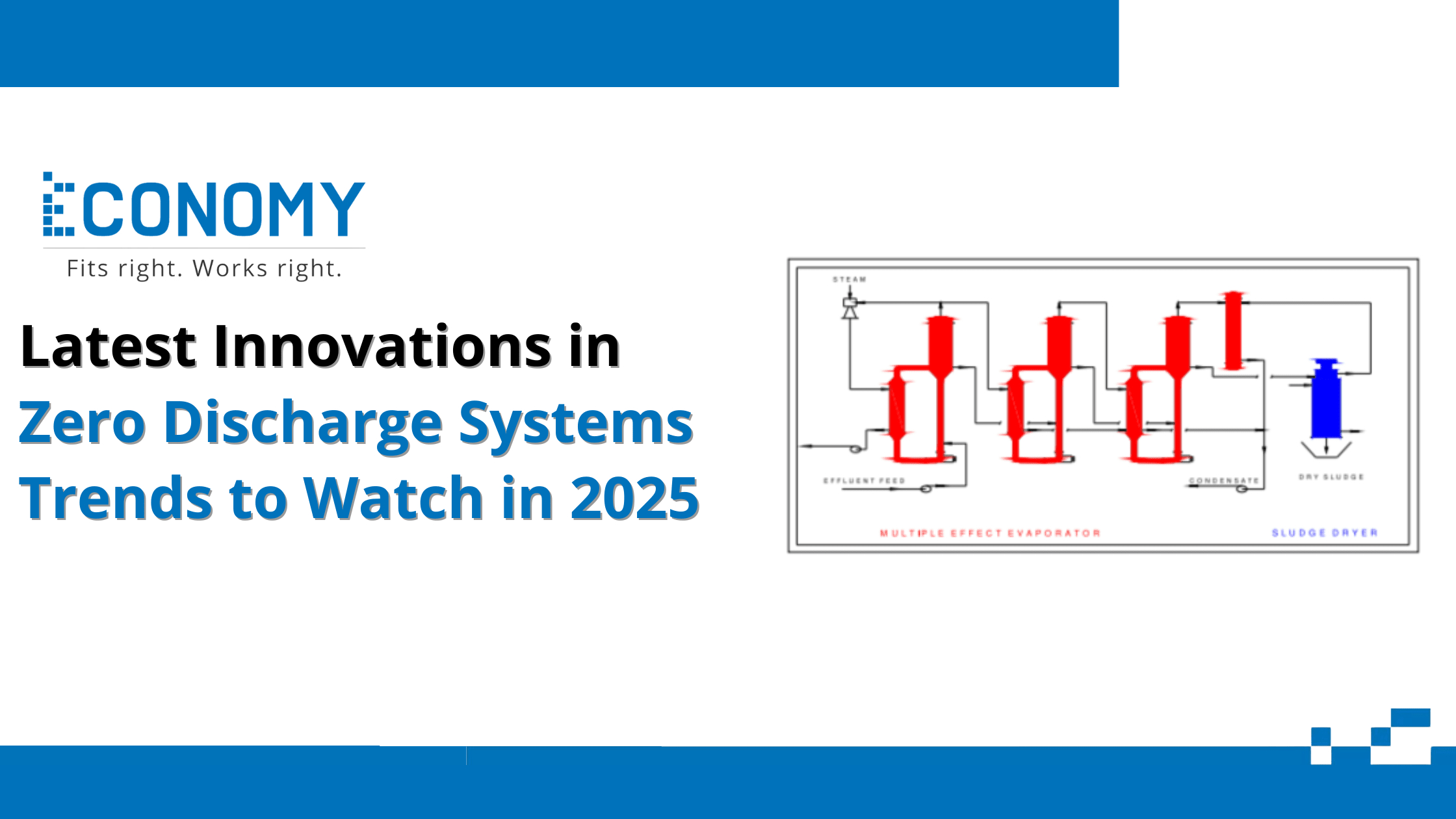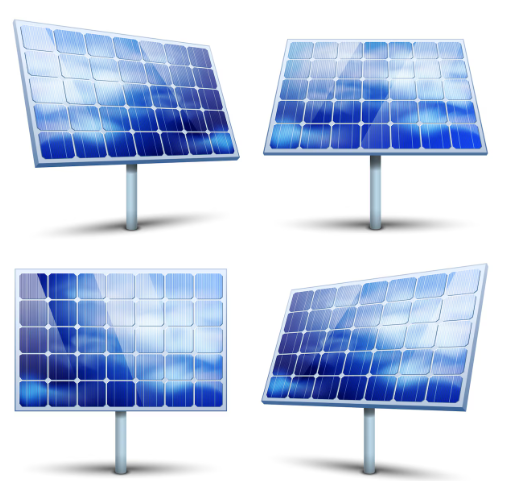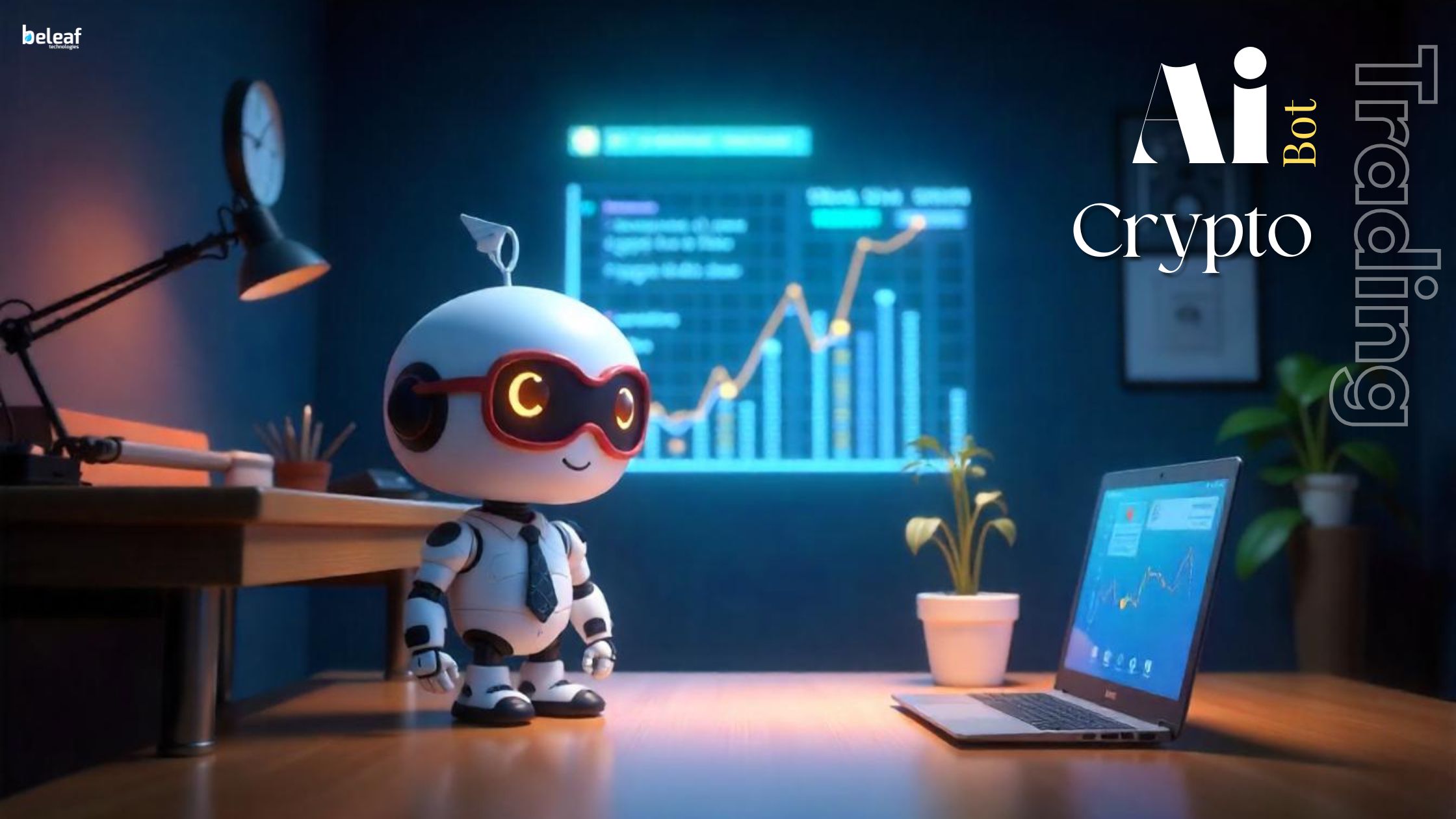From Traditional Methods to Cutting-Edge Technologies
Zero Liquid Discharge (ZLD) systems, once seen as futuristic, are now central to sustainable industrial practices. Traditional wastewater management methods involved treating water and releasing it back into the environment. However, with rising environmental concerns, industries are now shifting towards ZLD systems that recycle and reuse every drop. In 2025, innovations in membrane filtration, crystallization, and smart automation are revolutionizing how industries handle wastewater.
The Growing Need for Innovation in Wastewater Management
Water scarcity, tightening regulations, and environmental accountability are driving the need for smarter wastewater solutions. Industries ranging from pharmaceuticals to textiles face increasing pressure to reduce their water footprint. Innovation is no longer a choice—it’s a necessity. Companies now seek more energy-efficient, cost-effective, and robust systems that ensure complete water reuse and safe disposal of residues.
Key Innovations in Zero Discharge Systems for 2025
Advanced Membrane Technologies: New-generation membranes with higher selectivity and resistance to fouling are enabling more efficient separation processes.
Forward Osmosis (FO): Emerging as a low-energy alternative to reverse osmosis, FO offers effective concentration of brine with minimal environmental impact.
Hybrid Evaporation-Crystallization Units: These units combine thermal and mechanical processes to achieve higher recovery with reduced energy input.
AI-Integrated Control Systems: Smart automation using AI and IoT technologies helps optimize performance in real-time, ensuring minimal downtime and maximum efficiency.
Modular Containerized Systems: Scalable, portable systems are gaining popularity for remote or temporary industrial setups.
What’s New in Wastewater Treatment
The integration of real-time monitoring and predictive maintenance is changing how facilities manage treatment. Sensors now detect fluctuations in water quality instantly, allowing for immediate system adjustments. Green chemistry-based treatments, which replace harsh chemicals with eco-friendly alternatives, are also gaining traction.
Trends Driving the Adoption of Innovative Systems
Stringent Environmental Regulations: Governments are tightening discharge norms to protect freshwater bodies.
Sustainability Goals: Industries are under pressure to align with ESG (Environmental, Social, Governance) frameworks.
Technological Maturity: Lower costs and better scalability of advanced technologies have made innovation accessible.
Circular Economy Models: More companies are looking to turn waste into a resource, and ZLD plays a vital role in this shift.
Factors Influencing Zero Discharge Advancements
R&D Investments: Governments and private companies are investing heavily in clean water tech.
Cross-Industry Collaboration: Partnerships between tech firms and industries are accelerating the pace of innovation.
Public Awareness: Growing environmental consciousness among consumers influences corporate decision-making.
Climate Variability: Unpredictable water availability pushes industries to become self-reliant in water use.
Benefits of the Latest Zero Discharge Innovations
Water Reuse and Recovery: Near-total recovery of water drastically reduces dependence on fresh sources.
Cost Efficiency: Though initially capital-intensive, modern systems reduce long-term operational and regulatory costs.
Environmental Protection: By eliminating liquid discharge, the burden on local water bodies is minimized.
Energy Optimization: New technologies consume less energy compared to conventional systems, reducing carbon footprint.
Why Industries Should Embrace These Trends
Staying ahead in sustainability not only safeguards the environment but also enhances brand reputation. Adopting the latest ZLD innovations allows companies to remain compliant, reduce operational risks, and access green financing or incentives. It’s a long-term investment in both profitability and planet protection.
Challenges in Implementing Zero Discharge Innovations
High Initial Costs: The capital expenditure for advanced ZLD systems can be significant.
Skilled Workforce Requirement: Operating and maintaining these technologies demands specialized training.
Waste Solid Management: While liquid discharge is eliminated, managing the solid residues remains a challenge.
Integration with Existing Infrastructure: Retrofitting older facilities may be complex and costly.
The Future of Zero Discharge Systems
The trajectory of ZLD technology is moving toward fully autonomous systems with AI at the core, capable of self-optimizing based on water composition and demand. We can also expect growth in biological ZLD systems, where microbes aid in the breakdown and conversion of waste. Innovations in nanotechnology and renewable energy integration will further redefine what’s possible in sustainable water management.
Frequently Asked Questions About Zero Discharge Innovations
What are the latest advancements in zero discharge systems?
Advanced membranes, forward osmosis, smart automation, and hybrid crystallization units are key breakthroughs in 2025.
How do modern systems improve wastewater management?
They enable real-time monitoring, reduce energy use, and recover over 95% of wastewater, making operations more efficient and eco-friendly.
What industries benefit most from these innovations?
Textiles, chemicals, power generation, pharmaceuticals, and food processing industries gain the most due to their high water usage and strict discharge norms.
Conclusion
Zero discharge systems in 2025 are not just about regulation compliance—they’re about future-proofing industries against environmental, operational, and financial risks. As technologies evolve, embracing these innovations will be key for businesses aiming to lead in sustainability and resilience.






